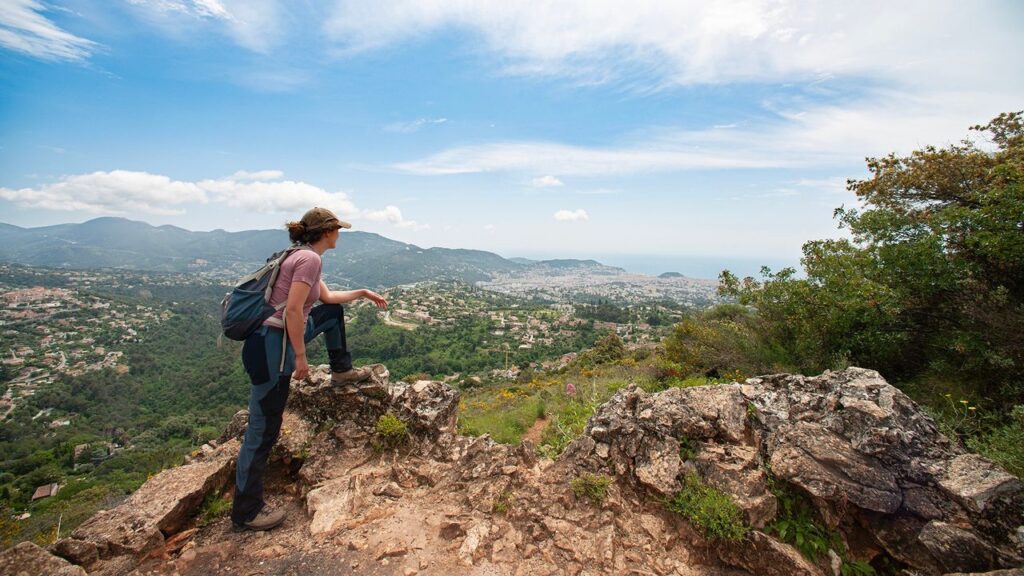Golden Stairs Pass: Hiking in the Eastern Highlands
Nestled in the Eastern Highlands, the Golden Stairs Pass is a hidden gem for hiking enthusiasts. This scenic trail offers breathtaking views, a touch of history, and a chance to connect with nature. Whether you’re an experienced hiker or a beginner looking for an adventure, the Golden Stairs Pass promises an unforgettable experience.
What to See
The Golden Stairs Pass is renowned for its stunning landscapes. As you hike, you’ll be surrounded by lush greenery, towering trees, and vibrant wildflowers. The trail offers panoramic views of the Eastern Highlands, with rolling hills and valleys stretching as far as the eye can see. Keep an eye out for local wildlife, including colorful birds and small mammals that call this area home. The trail also features several natural springs, providing a refreshing break along the way.
A Bit of History and Interesting Facts
The Golden Stairs Pass has a rich history dating back to the early 20th century. Originally used as a trade route by local communities, the pass was named for its steep, stair-like ascent. Over the years, it has become a popular destination for hikers and nature lovers. An interesting fact about the Golden Stairs Pass is that it was once part of a larger network of trails used by indigenous tribes for trade and communication. Today, it stands as a testament to the region’s cultural heritage and natural beauty.
How to Get There and Tips for First-Time Visitors
Reaching the Golden Stairs Pass is relatively straightforward. The trailhead is located about 20 kilometers from the nearest town, accessible by car or public transport. If you’re driving, follow the signs for the Eastern Highlands and look for the marked parking area near the trailhead. For those using public transport, local buses run regularly from the town center to the trailhead.
For first-time visitors, it’s important to come prepared. Wear comfortable hiking shoes and bring plenty of water, as the trail can be challenging in parts. A map or GPS device is recommended, as cell service can be spotty in the area. The best time to visit is during the dry season, from May to September, when the weather is cooler and the trail is less muddy. Remember to respect the natural environment by staying on marked paths and taking any trash with you.








